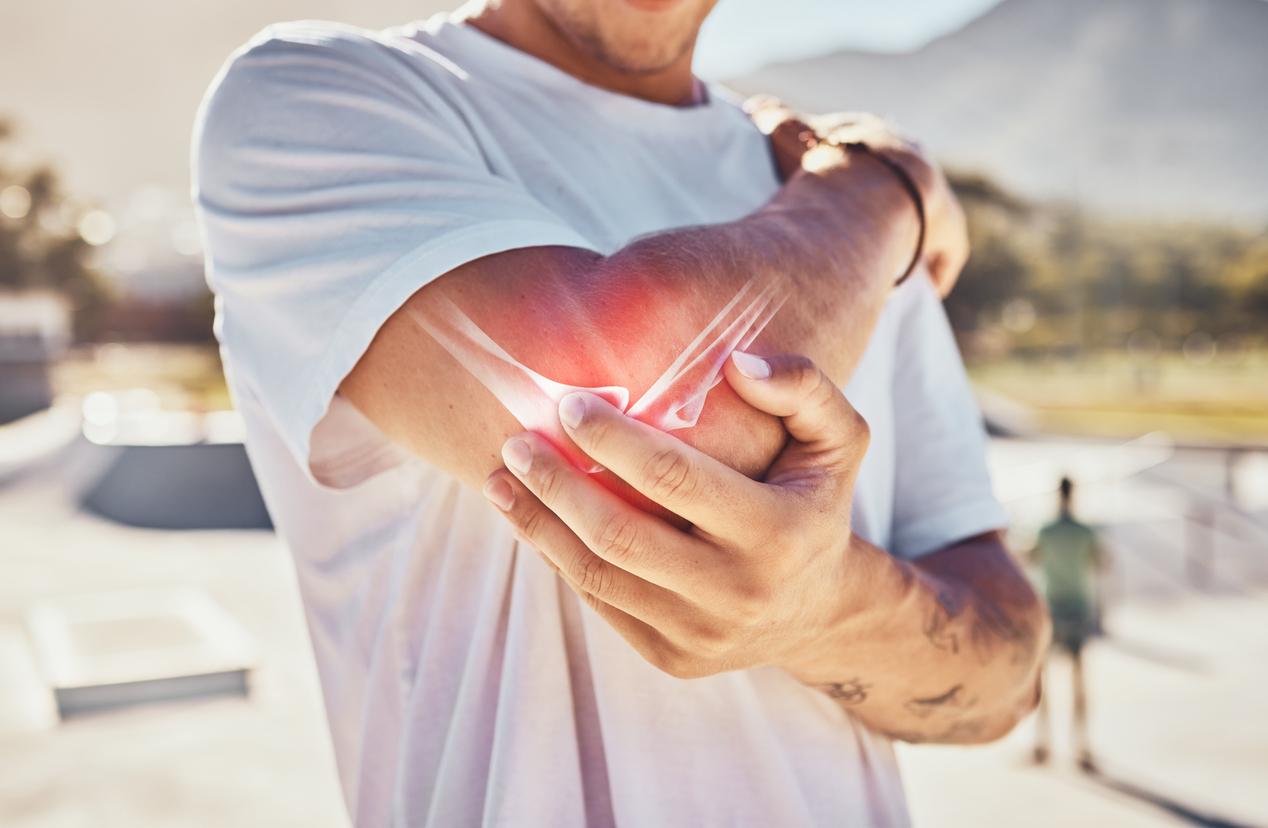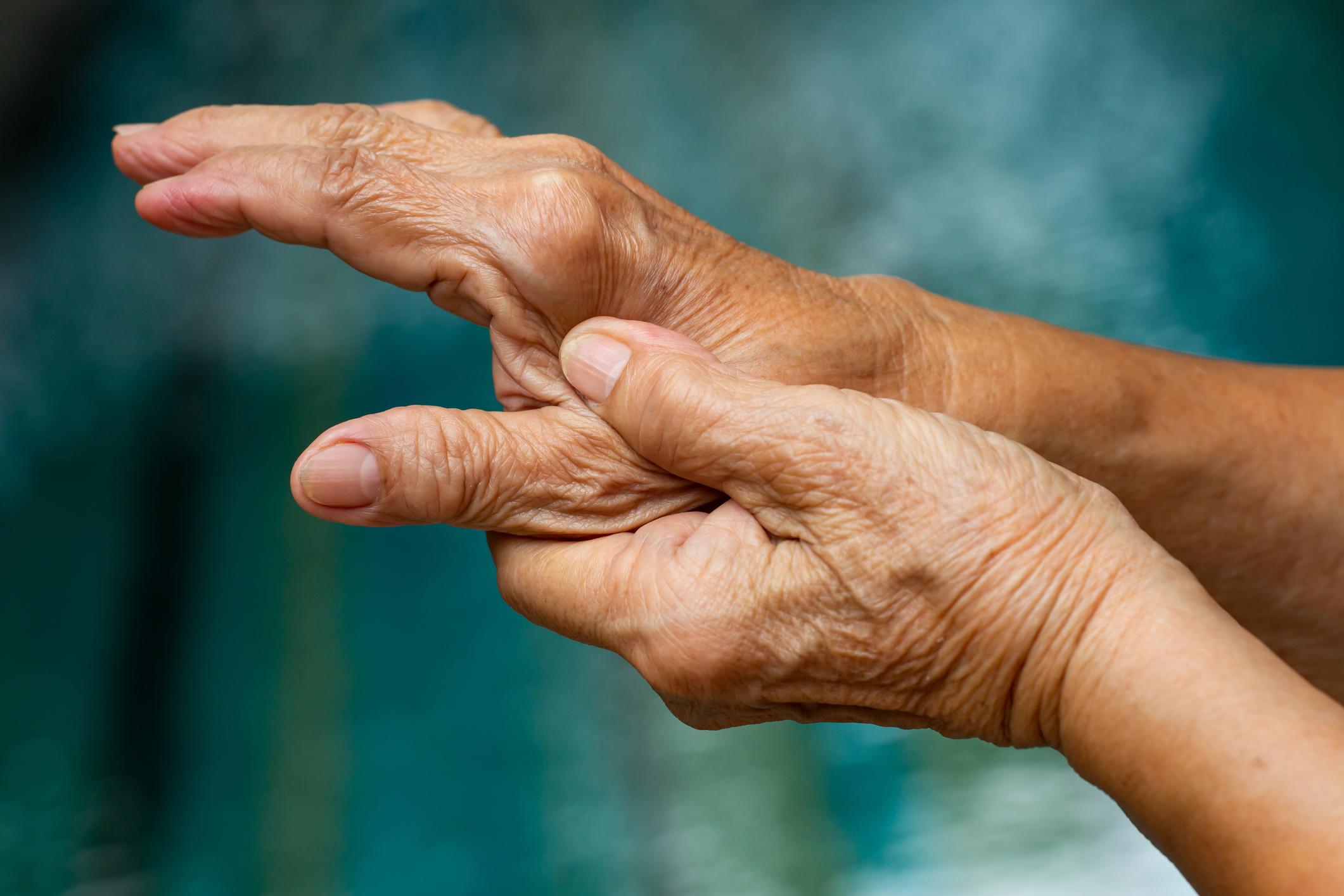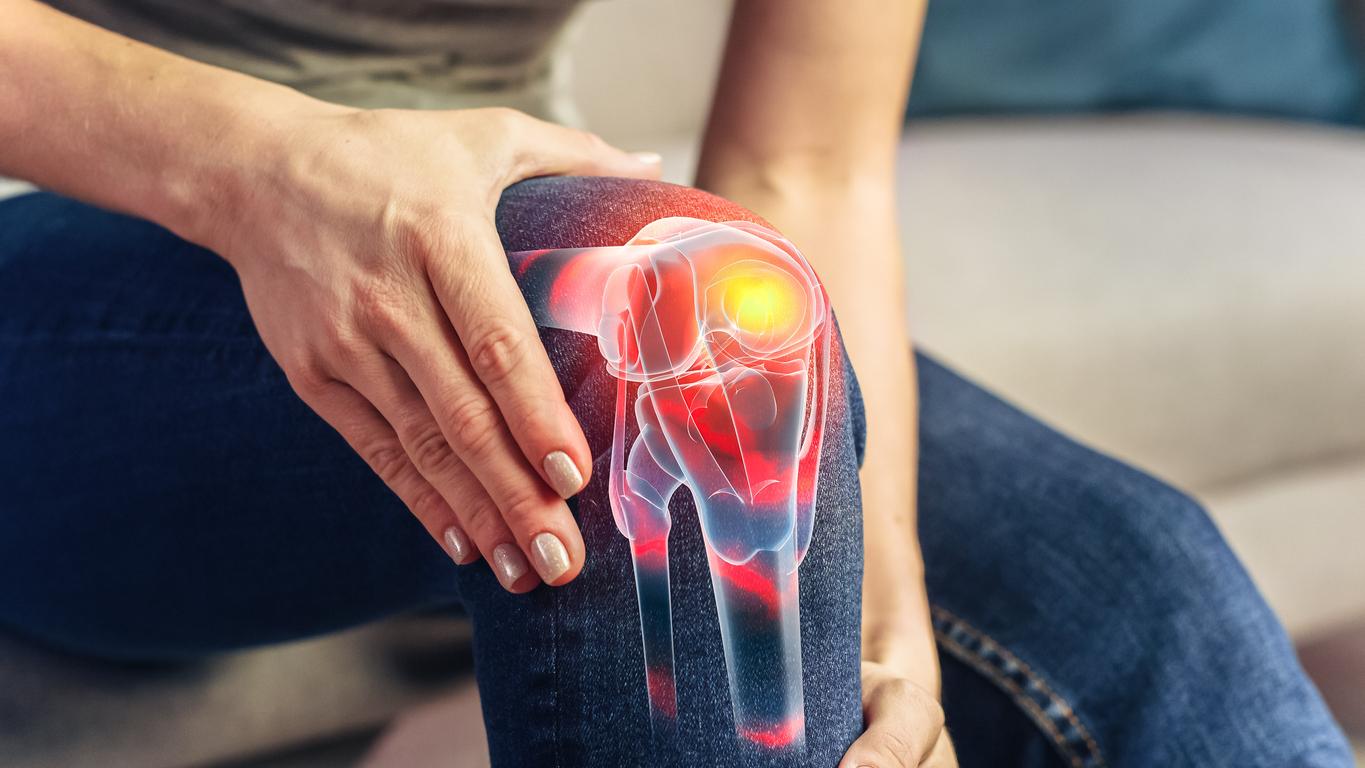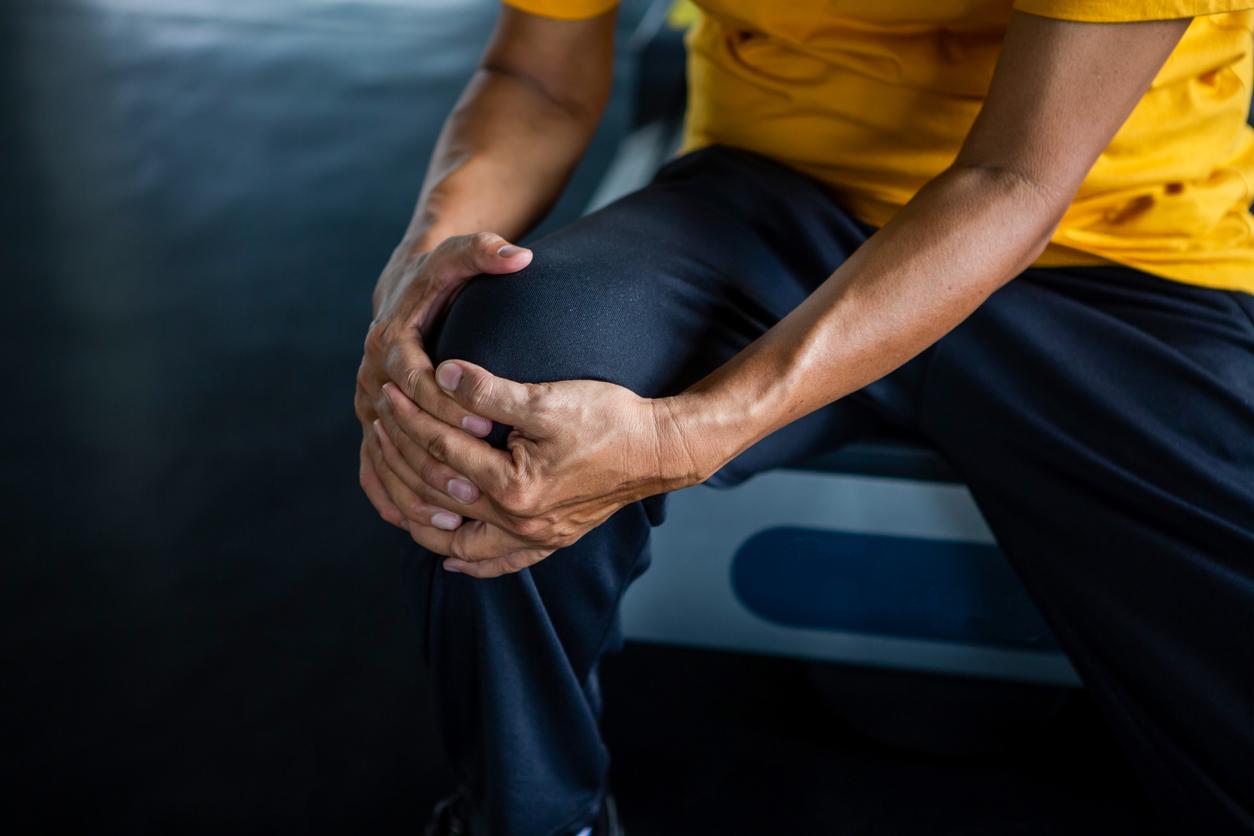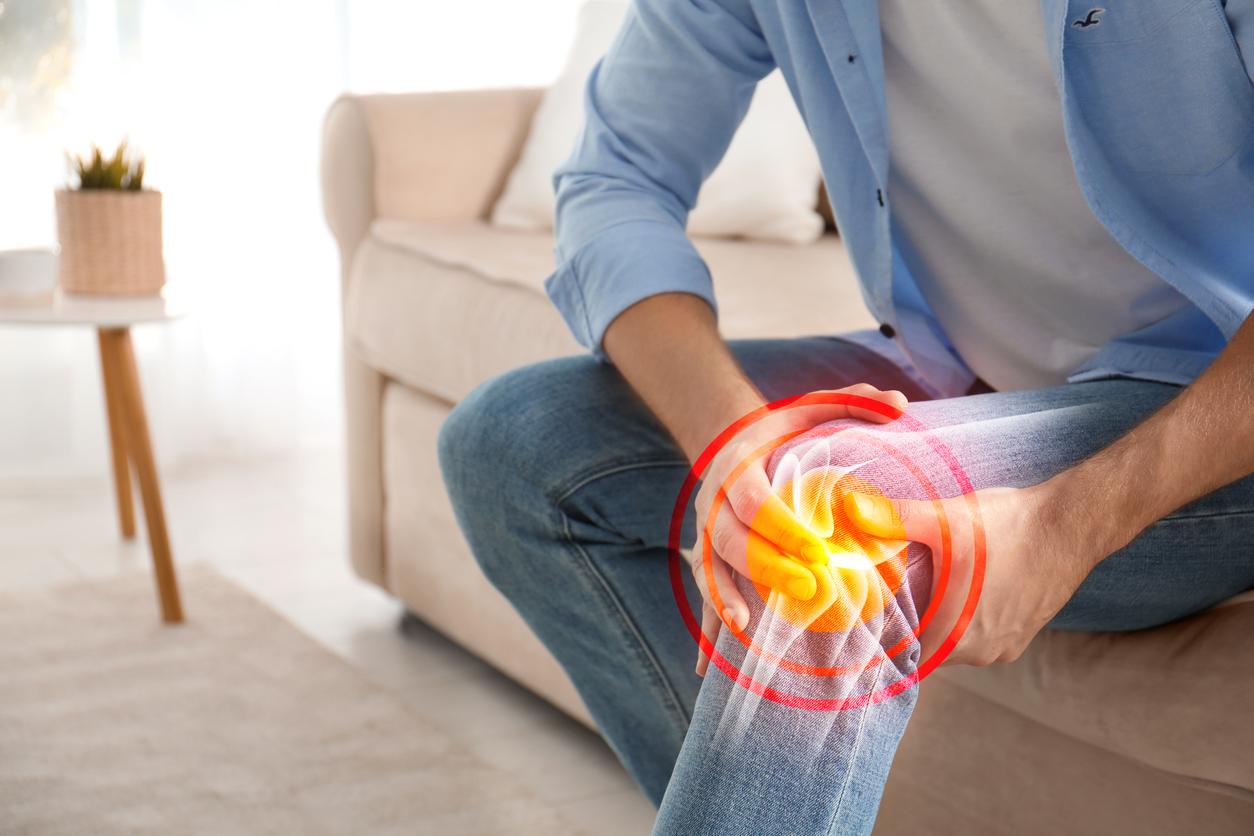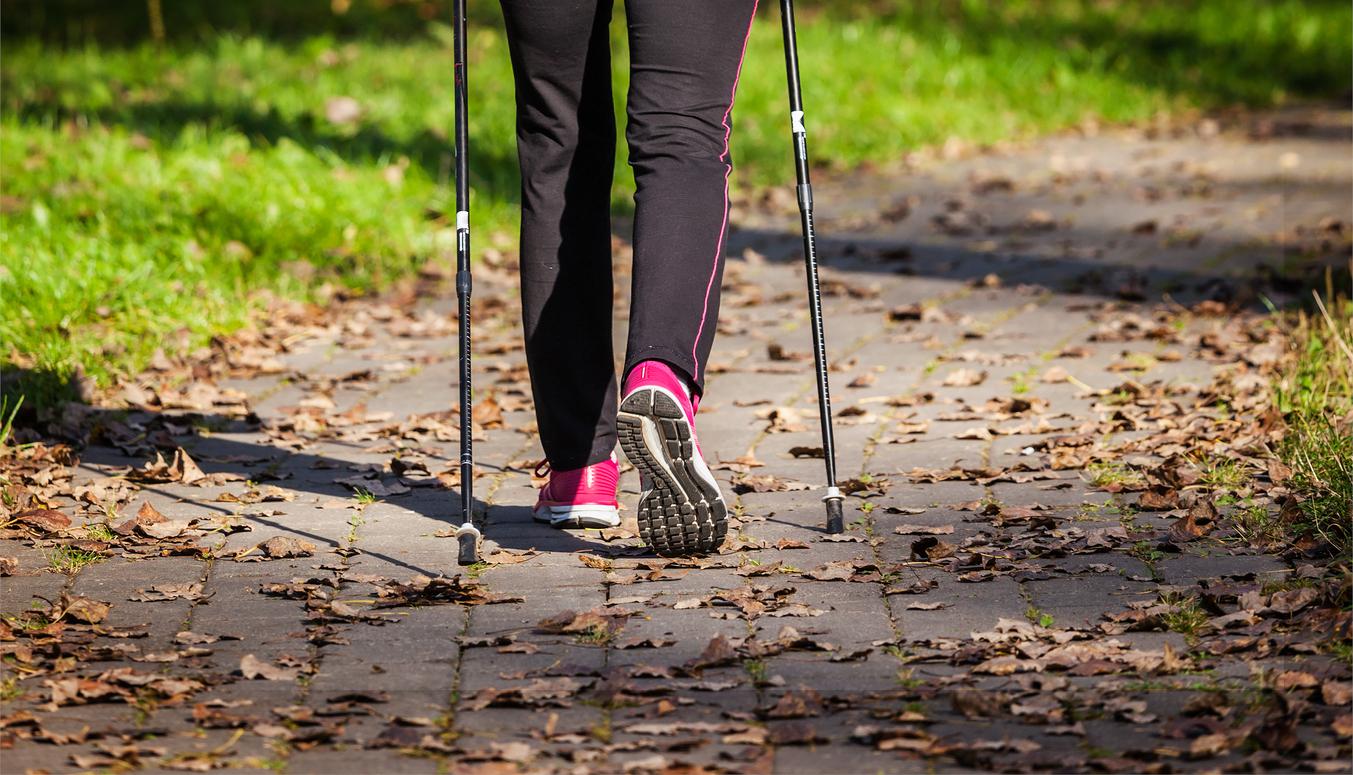How is osteoarthritis diagnosed?
When you have pain or discomfort in the joint that has appeared gradually, the doctor will check whether there is reduced joint mobility or whether it arouses the pain when it moves the joint. This diagnosis is then confirmed by an X-ray of the joint to see if there is a decrease in the amount of cartilage. The use of a CT scan or MRI is very rare.
Why does osteoarthritis hurt?
Since cartilage does not have nerve endings, cartilage disease should not be painful. However, some specialists believe that as soon as this tissue becomes diseased, nerve endings appear: this is neoneurogenesis. Other doctors believe the pain is caused by pain in nearby tissues, which are largely innervated.
Is osteoarthritis more severe in women?
Some studies suggest that osteoarthritis is more severe and progresses more quickly in women. It is certainly more common in women when it affects the hands and knees, and more painful when it touches the hip. Thus, there are more women than men who have a joint prosthesis fitted.
What is an “osteoarthritis flare”?
It is an inflammation of the joint, especially the synovial membrane, which lines the inside of the joints. Signs make it possible to detect an outbreak of osteoarthritis: the sudden increase in pain in a few days, the appearance of nocturnal pain that awakens in the second part of the night, the appearance of joint stiffness in the morning on waking and the appearance of inflammatory phenomena (redness, heat) around the joints. The appearance of these signs should prompt you to consult the doctor, not only to calm the pain, but above all to prevent the risk of destruction of the cartilage matrix.
To read: Osteoarthritis, 100 questions to better manage the disease, Pr Maxime Dougados, Maxima editions










